As a modern-day young woman, you may find it difficult to strike an optimum balance between family and working life. Be it a 9-to-5 office job or a rotating shift schedule, this can cause stress in your life that may lead to various health and skin problems.
It is normal to want to put your career first as a woman with aspirations. In fact, it is empowering. However, you want to achieve your goals and spend time with your family feeling your very best. In this article, let us discuss the impact that poor work-life balance has on women like us, and the remedial measures that you can take to minimize these problems.
How our body reacts to stress
Your body’s natural reaction to stress stimulants is to release hormones, including cortisol, that impact the digestive system, skin and immune system. A raised level of cortisol suppresses your body’s sex hormones, resulting in a lower libido. Moreover, both chronic and acute stress may also strike a hormonal imbalance, leading to late, missed or irregular periods.
Acne is a common skin reaction to raised cortisol levels. The development of acne is caused by an excessive production of oil by the sebaceous glands in the skin. Another common reaction due to significant psychological stress is hair loss in young females.
Other negative effects of stress includes an increased risk of developing insomnia, depression, poor digestion, stroke, heart disease, and even fertility problems. It may also lead to reduced metabolism, sugar cravings, and increased appetite, all of which result in weight gain.
Turning to medications to keep stress under control
 When you develop symptoms due to acute or chronic stress such as anxiety, depression, insomnia etc. you may need medicine to control these symptoms. There are different kinds of medicines that are used to treat symptoms of stress such as benzodiazepines, SSRI antidepressants etc. But these provide temporary relief. Furthermore, they also have side effects and there may be safety concerns, some of which are significant.
When you develop symptoms due to acute or chronic stress such as anxiety, depression, insomnia etc. you may need medicine to control these symptoms. There are different kinds of medicines that are used to treat symptoms of stress such as benzodiazepines, SSRI antidepressants etc. But these provide temporary relief. Furthermore, they also have side effects and there may be safety concerns, some of which are significant.
Benzodiazepines
Benzodiazepines are the commonly prescribed sedatives that slow down the activity of the brain and produce a sense of relaxation, sleepiness, reduced breathing, anxiety, and tension. These include alprazolam, clonazepam, diazepam, lorazepam, temazepam etc. But they result in physical dependence when taken for a long duration. Some of the common side effects of these drugs are drowsiness, dizziness, memory problems, poor coordination or memory, confusion, slurred speech, stomach upset, headache, blurred vision, and trouble concentrating. Furthermore, they can worsen any pre-existing depression and increase suicidal feelings and thoughts.
SSRIs
Another class of medicines that are used for stress relief is the SSRIs, which include Prozac, Lexapro, and Paxil. Some of the common adverse effects of these medicines are fatigue, nausea, insomnia, agitation, sexual dysfunction, drowsiness, nervousness, weight gain, diarrhoea, headaches, increased sweating and dryness of mouth. Though physical dependence does not develop quickly with these medicines, withdrawal symptoms may occur when they are discontinued very quickly. Some of the withdrawal symptoms that may occur are extreme fatigue and depression, anxiety, irritability, insomnia, and flu-like symptoms.
In some people, beta blockers such as Tenormin and Inderal are given to reduce symptoms of stress. Some of the common side effects of beta blockers are tiredness, cold feet and hands, dizziness, sleepiness, nausea, headache, weakness, constipation, and diarrhoea.
Effects on Skin & Remedies
Acne
Acne is a condition of the skin that occurs due to plugging of your hair follicles with dead skin cells and oil or sebum. It causes blackheads, whiteheads or pimples, which may appear on different parts of your body. This includes your face, chest, forehead, shoulders and upper back.
The upside is – acne is treatable. Various drugs used in acne treatment include benzoyl peroxide, retinoids, antibiotics, salicylic acid, and Azelaic acid and hormone therapy. For severe cases (and strictly under consultation), therapies like photodynamic therapy, lasers, and chemical peels are sought. You can use several therapies either alone or in combination with drugs to treat your acne.
There are also facial treatments performed by dermatologists that extract the whiteheads and blackheads from your face. This is done using special tools and only performed by certified hands.
If you feel like you are not ready for these options, and would prefer to get rid of the acne naturally, here are some home care tips:
Natural/organic ingredients to treat acne
Ylang-ylang oil
It is a potent essential oil that has anti-inflammatory and antiseptic properties which make it excellent for treating mild to moderate lesions of acne.
How to use ylang-ylang oil?
Mix Dead Sea salt, raw honey, ylang-ylang oil and clary sage essential oil to make a preventive face scrub for acne. It also serves well as a body scrub! By exfoliating the dead skin cells from your body, this can prevent the formation of body acne.
Boil chamomile tea leaves in a cup of water. Strain it and add a teaspoonful each of ylang-ylang oil and witch hazel. This mixture acts as a potent skin toner and helps in the treatment and prevention of acne.
Sweet orange oil
The sweet orange essential oil is made from the peels of oranges. It has antiseptic and antibacterial properties, which helps in fighting acne. It also helps in controlling the formation of excess oil on the skin.
How to use orange oil?
Mix three drops of sweet orange essential oil with a glass of water. Wash your face with this mixture before going to bed each night to prevent a breakout of acne.
You can also use orange oil as a deep cleanser by mixing it with almond oil or olive oil. Mix one drop of sweet orange essential oil with four drops of almond/olive oil. Apply this mixture to your face using a cotton ball and leave it on for five minutes before wiping it off.
Want to switch it up? Mix 10 drops of essential sweet orange oil and peppermint oil to a spray bottle for your very own rejuvenating air freshener!
Sunflower oil
Although it is best known for cooking, it is also among the most popular oils used in skincare and cosmetic products. It has antibacterial properties as it contains many organic acids, such as palmitic, oleic, stearic and linoleic acids. It is non-comedogenic in nature – you can rub it into the skin without producing pimples.
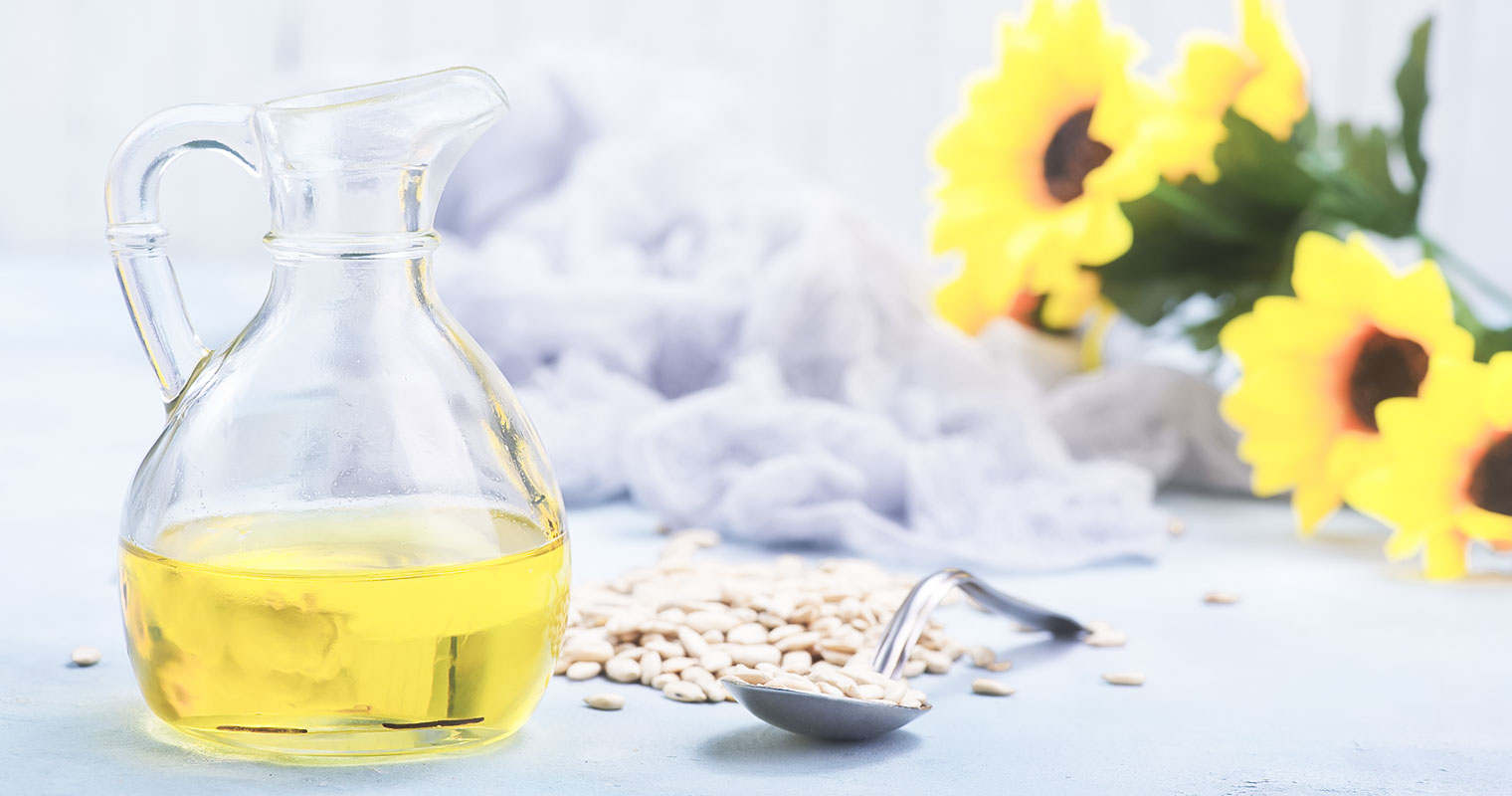
How to use sunflower oil?
Make sure to use cold-pressed sunflower oil. Use a gentle muslin cloth and put a quarter-sized quantity of oil onto it. With gentle circular motions, massage the oil into the skin for about 30 seconds. Then, use a dry cloth to wipe off the oil from your skin.
You can also blend the oil into your favorite moisturizer. Add one drop of sunflower oil in a quarter-sized amount of moisturizer in your palm before applying the moisturizer. Your skin will thank you.
If you have leftover cold-pressed sunflower oil, be sure to check out these simple recipes for some tasty treats to reward yourself on your new skincare routine!
Borage seed oil
Borage seed oil is extracted from the flowers or seeds of the Borage Officinalis plant. It has anti-inflammatory properties, which helps in combating cystic acne. It is rich in gamma-linolenic acid (GLA) and other omega-3 and -6 fatty acids that prevent the formation of acne.
How to use borage seed oil?
Mix two fl oz of borage seed oil with 40 drops of any of the essential oils beneficial for acne (tea tree, geranium, rosemary, lavender or chamomile) and one capsule of vitamin E. Take a couple of drops of the mixture on your palms and massage it gently over the affected area. Repeat two to three times each day, and especially at night.
Store the mixture in an amber-colored bottle, as they are specially designed to provide UV protection for the contents. Place the bottle in a dry and cool place that is away from direct heat and light for a period of 24 hours before use.
Did you know that borage seed oil can also help to keep your nails healthy? The essential fatty acids found in this oil keeps your nails from cracking, too!

Rosehip oil
Rosehip oil is a rich source of vitamins C, E and A, and omega-6 fatty acids, and only a couple of drops of this oil are enough to treat acne. It also helps in healing scarring due to acne.
How to use rosehip oil?
Apply two to three drops of this oil onto the damp skin of your face twice daily, preferably in the morning and at night.
Besides acne, rosehip oil has great benefits for a number of other skin problems, including wrinkles and hyperpigmentation.
Sweet almond oil
Almond oil is of very light texture. This means that it is very easily absorbed by the skin, and removes accumulated dirt and debris. It helps in preventing the outbreak of acne. Furthermore, almond oil is a rich source of vitamin A that is known to decrease flare-ups of acne.
How to use sweet almond oil?
Take a few drops of sweet almond oil on the palms of your hand. Massage it gently on the face for a couple of minutes.
Similar to borage seed oil, sweet almond oil also has great properties that prevent nails from cracking. Just add a drop to a nail, and massage it into the cuticle.
Clary sage oil
A special chemical known as linalyl acetate is present in clary sage essential oil. It helps in reducing inflammation and preventing scarring due to acne. It also regulates the production of oil by the sebaceous glands of the skin; thereby, preventing the occurrence of acne. Similarly, it also has antibacterial properties which is great for preventing acne breakouts.
Fill a five ml roller bottle with jojoba oil, and add a few drops of clary sage oil in it. Shake the bottle thoroughly. Then, roll and form a thin layer of this mixture on the areas affected with acne and on the oily areas of your face. Massage the oil for a couple of minutes until it is absorbed into the skin.
Another use for clary sage oil is as a stress reliever! It works the same way as lavender essential oils – learn how to make your own sage smudge spray and feel lighter in minutes.
Premature aging of skin
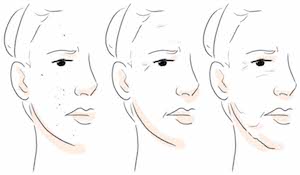 Your skin may age prematurely due to the above-mentioned factors (sleep problems and stress).
Your skin may age prematurely due to the above-mentioned factors (sleep problems and stress).
Age spots
They appear on areas, which are excessively exposed to the sun such as the back of the hands.
Wrinkles and fine lines
As the skin loses its moisture, and collagen and elastin, it develops fine lines and wrinkles. These particularly appear on the areas of the face, which move the most such as the mouth and eyes.
Sagging skin
You may also develop sagging skin as one of the signs of premature aging of skin due to loss of collagen and elastin.
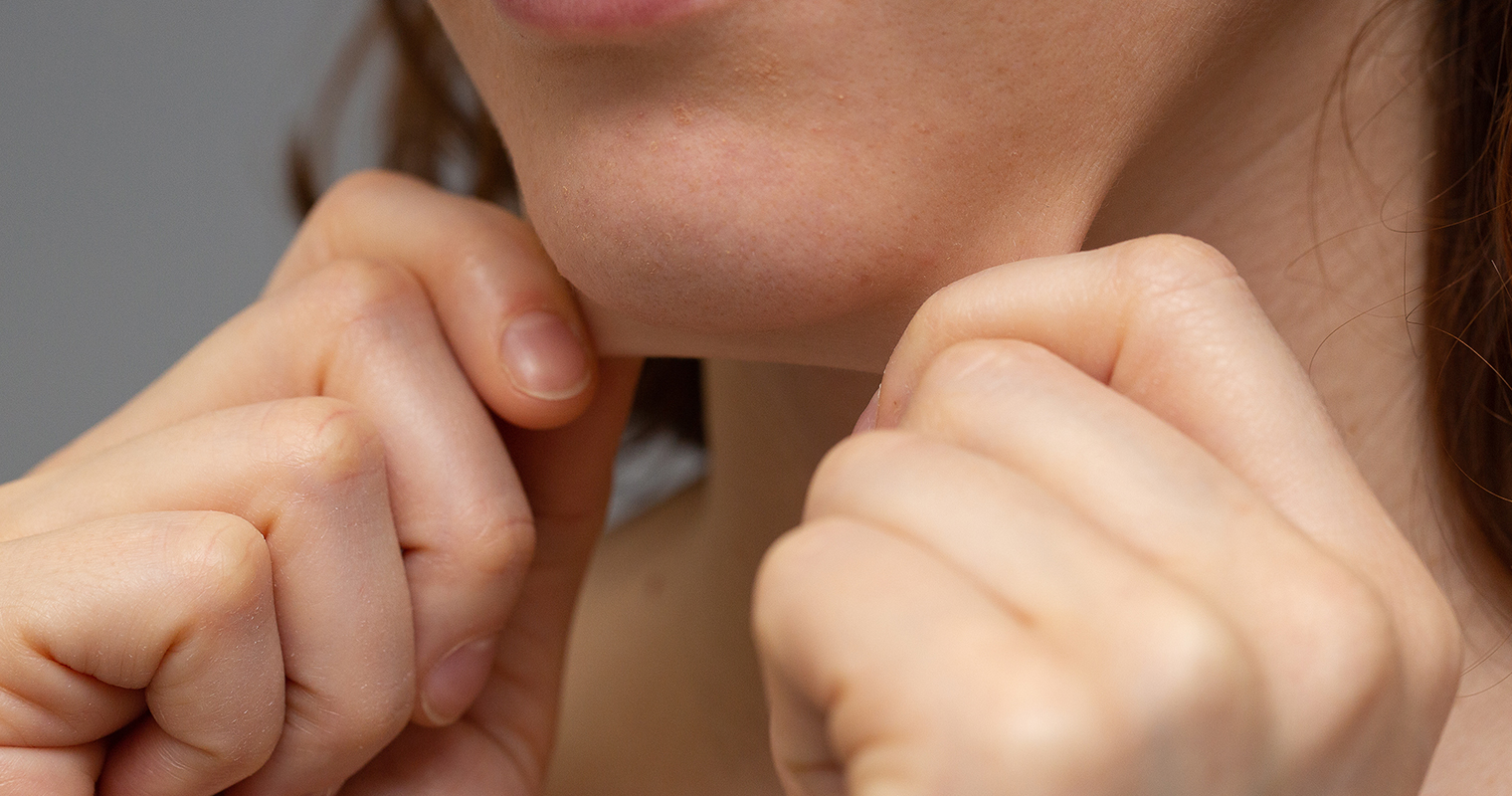
Medical treatment of premature aging of skin
You may treat premature aging of the skin by using various cosmetic procedures. You may use medicines such as topical retinoids (Tazorac, Retin-A etc.) and nonprescription creams to treat age spots and fine lines and wrinkles. There are various surgical and other types of procedures available to treat wrinkles and fine lines. Some of these are:
- Glycolic acid peel
- Deep chemical peels
- Microdermabrasion
- Dermabrasion
- Laser resurfacing
- Fractional resurfacing
- Non-ablative laser resurfacing
- Radiofrequency and heat
- Botox
- Elevators and fillers
- Facelift
Read this article to know more about the treatment of premature aging of the skin
Natural/organic ingredients to treat wrinkles and fine lines
Olive oil
Due to its antioxidant properties, olive oil may prevent premature aging of the skin.
How to use olive oil?
You should massage olive oil gently for a couple of minutes on the affected areas of the skin at night before going to bed. Leave the oil overnight and wash it with lukewarm water in the morning.
Mix ¼ tsp of fresh lemon juice with 1-2 tsp of olive oil. Massage this mixture on your face for a couple of minutes. This improves circulation of blood and rejuvenates the skin.
Mix a few drops each of glycerin, honey and olive oil. Massage this mixture gently on the affected area for 5-8 minutes. Wipe it with a warm washcloth and then rinse with lukewarm water. This also improves blood circulation and tightens the sagged facial skin.
Coconut Oil
Coconut oil hydrates and moisturizes your skin. It helps in restoring your skin’s elasticity. Hence, its regular use helps in reducing fine lines and wrinkles.
How to use coconut oil?
Take a couple of drops of coconut oil on your palms and massage it on your clean face in gentle circular motion for 3-5 minutes. Leave it overnight. Repeat the process every night before going to sleep.
Green Tea Oil
Green tea oil contains potent antioxidants from flavonoids, gallates, and catechins that help in protecting your skin from the damage caused by the harmful ultraviolet radiation and environmental free radicals. These also help to rejuvenate and repair collagen, thus reducing fine lines and wrinkles on your face. They also help to improve the resiliency of your skin.
How to use green tea oil?
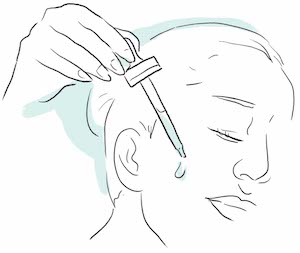 Apply a few drops of green tea oil on your clean face gently. You may also mix a few drops of the oil into a carrier oil such as coconut oil. Use a few drops of the mixture and massage it onto your skin for a couple of minutes.
Apply a few drops of green tea oil on your clean face gently. You may also mix a few drops of the oil into a carrier oil such as coconut oil. Use a few drops of the mixture and massage it onto your skin for a couple of minutes.
Argan oil
Argan oil contains essential fatty acids and vitamin E. Massaging it regularly on your face reduces premature signs of aging including fine lines and wrinkles.
How to use argan oil?
Heat the oil until it becomes slightly warm. Clean your face using a damp, warm cloth. Argan oil gets absorbed better on damp skin. Take a couple of drops of slightly hot oil and massage it gently on your face in circular motion. Take special care to massage areas that have fine lines and wrinkles.
Jojoba oil
It has antioxidant properties and acts as a lubricant. It protects the skin from premature aging and wrinkling.
How to use jojoba oil?
Take a few drops of the oil in your palms and massage it gently into your face using a circular motion. Leave it overnight. Avoid using more than 6 drops of oil at one time. You may also add a couple of drops of the oil to your moisturizer and apply that to your face.
Grapeseed oil
Grapeseed oil is a rich source of polyphenols, fatty acids, and vitamin E. It helps in tightening your skin and reducing fine lines and wrinkles.
How to use grapeseed oil?
Take a few drops of Grapeseed oil in the palms of your hand and massage it gently on your face. You may also mix a couple of drops of the oil with your moisturizer and apply that to your face.
Macadamia seed oil
Macadamia seed oil slows the signs of premature aging of the skin and reduces the appearance of fine lines and wrinkles.
How to use macadamia seed oil?
Take a couple of drops of macadamia seed oil on the palms of your hand and massage it gently on your clean face for a few minutes.
Sunflower oil
Sunflower oil has antioxidant properties due to which it helps in preventing the premature signs of aging of skin such as fine lines and wrinkles. It acts as a natural emollient and keeps your skin moisturized and hydrated.
How to use sunflower oil?
You should not apply sunflower to dry skin, instead, it should be applied only on warm and damp skin to facilitate its absorption. Hence, you should apply it immediately after taking a bath or shower. You may also add a few drops of the oil to your cream or moisturizer and apply that to your face.
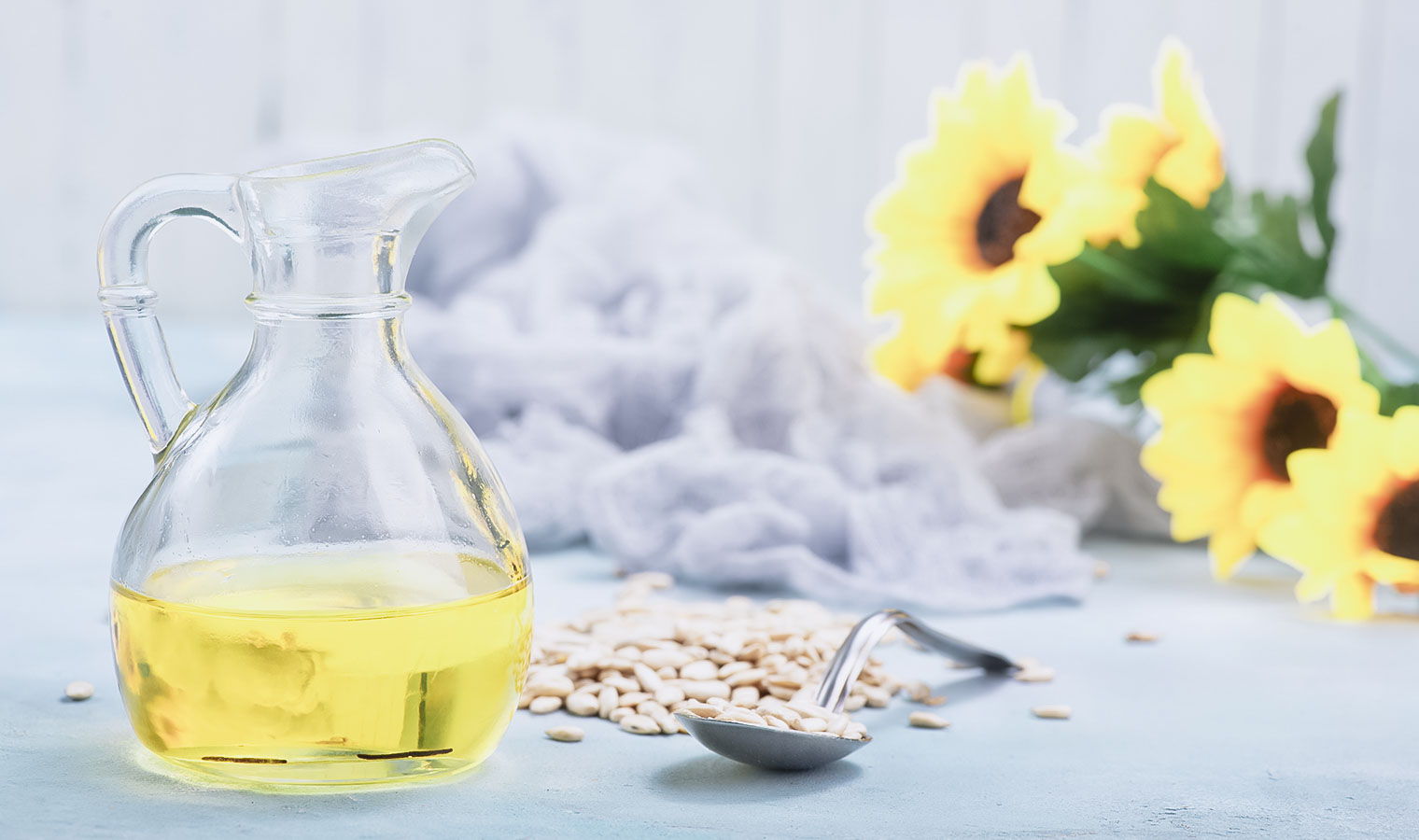
Sweet Almond oil
Almond oil is a rich source of antioxidants like vitamin E that help in fighting wrinkles and fine lines by combating the degradation of collagen fibers of the skin.
How to use sweet almond oil?
You can massage a few drops of sweet almond oil onto your skin gently. Focus on areas that are prone to wrinkles such as the skin around the mouth and the eyes. You can do the massage before applying makeup or before going to bed at night.
Hair Loss
Young females may develop hair loss as a result of significant psychological stress. High levels of stress, or emotional imbalance may lead to the following kinds of hair loss:
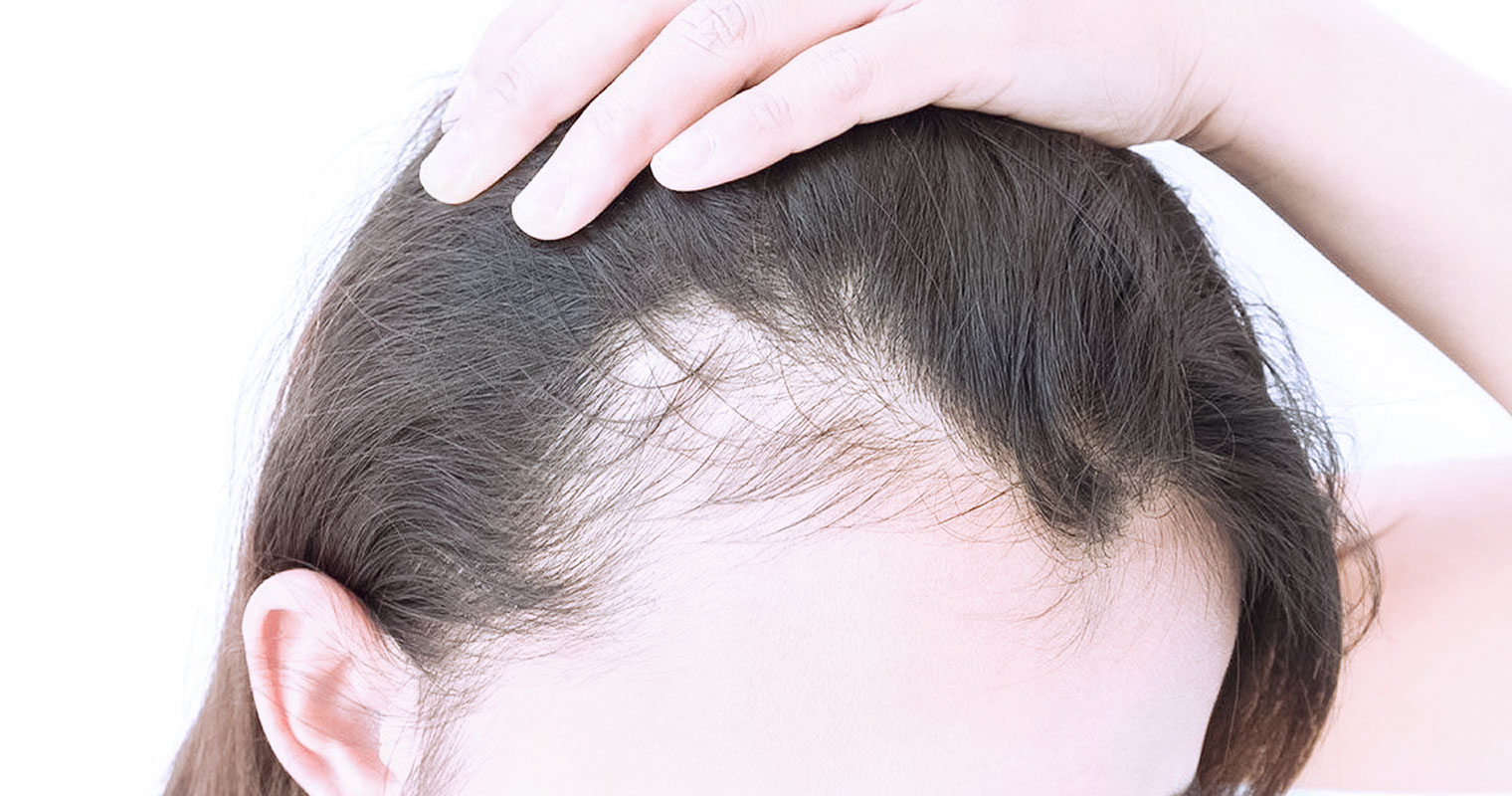
Telogen effluvium (TE)
It occurs due to a change in the total number of hair follicles, where your hair is actually growing. In case this change happens during the resting or telogen phase of the hair growth, shedding of hair can occur. However, this does not necessarily mean that it can occur on the whole head. It often occurs in patches particularly at the center of your scalp. The upside? This hair loss is completely reversible.
Alopecia areata (AA)
It is an autoimmune disorder that occurs when the cells of your immune system destroy your hair follicles. Stress may trigger AA, resulting in loss of hair. You may lose hair in round patches on your scalp, or all over. The difference between AA and TE is that hair may fall out and grow back repeatedly over a time period.
Topical treatment for hair loss
There are many oils, creams and other types of products that you can apply topically to help treat hair loss. Some of these are:
- Topical minoxidil (Rogaine): It is as an over-the-counter (OTC) medicine that is available in the form of a spray, foam or cream. You may apply it to the affected area up to two times a day. It works by prolonging the growth phase of the human hair growth cycle. Additionally, this medicine may take up to three to four months to produce results.
- Topical corticosteroids: Topical corticosteroids, both over-the-counter (OTC) and prescription such as prednisone, are used in some cases to treat AA. They are very often used in combination with other treatments.
Nutrition and Diet for hair loss
Eating a well-balanced and nutritious diet is necessary for maintaining not only the health of your body but also the health of your hair. Some of the essential vitamins are:
- Vitamin C: This is a vitamin that is important for the building of collagen, a connective tissue of the skin that is also present in the hair follicles. Foods rich in vitamin C are citrus fruits, bell peppers, strawberries, and broccoli.
- Vitamin B: Vitamin B complex contains many essential vitamins that promote a healthy metabolism along with healthy hair and skin. Foods rich in vitamin B are beans, nuts, avocados, and dark leafy green vegetables.
- Vitamin E: Vitamin E is a powerful antioxidant that promotes the health of the scalp. Foods that are rich in vitamin E are spinach, sunflower seeds, broccoli, shrimp and olive oil.
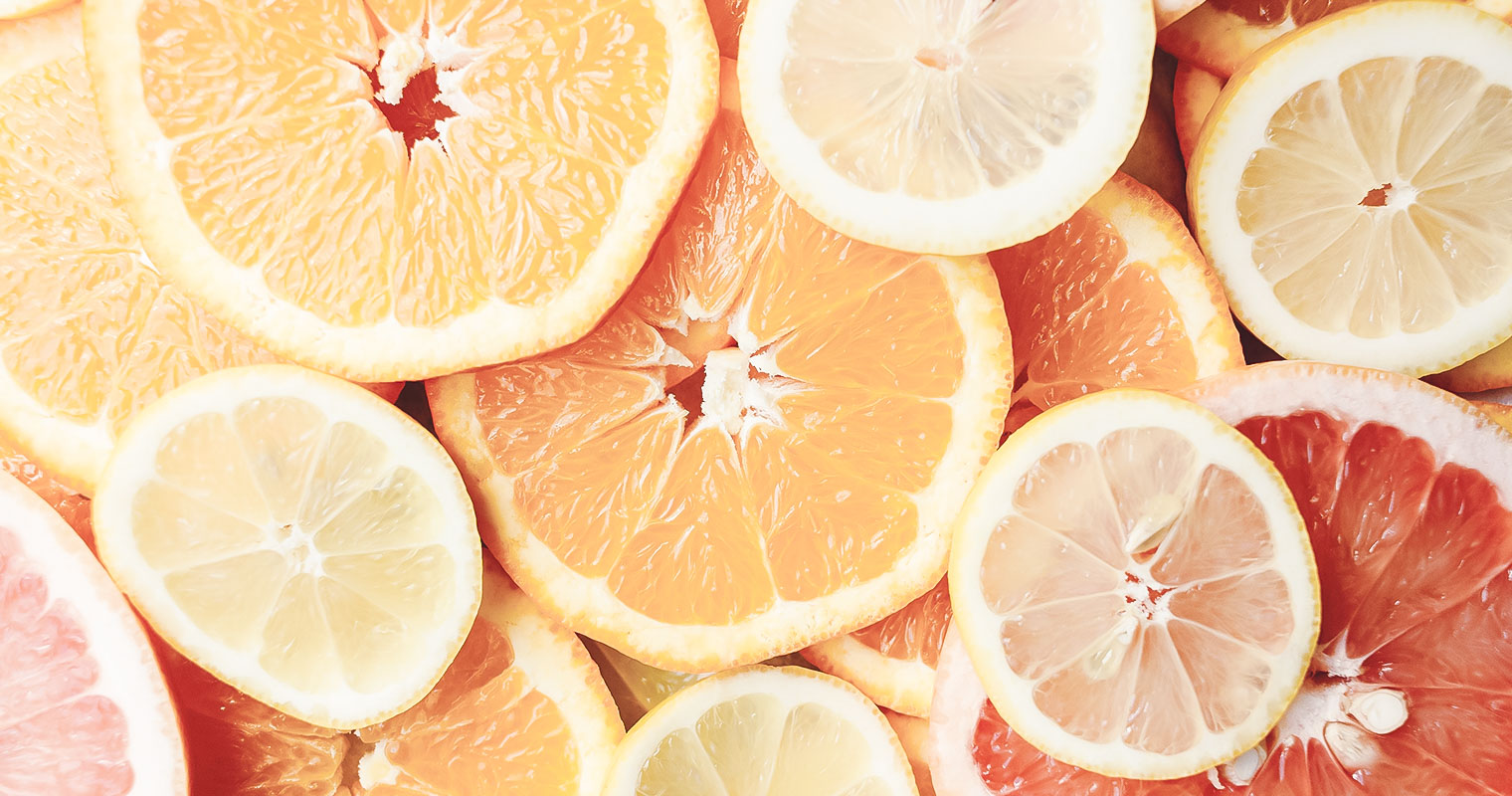
In case your diet lack these nutrients, your physician can help determine your options and recommend the supplement that is best for you. It is inadvisable to take dietary supplements without the guidance of your physician.
Water is a very powerful substance, and up to 90% of our bodies comes from water! Hence, it is essential to drink plenty of water and stay hydrated. You should aim for at least eight glasses of water every day.
On top of that, you can learn to manage your stress effectively to reduce the risk of further hair loss.
Natural/organic ingredients to treat hair loss
Aloe vera
Aloe vera is one of the natural ingredients that have been used for long to treat hair loss. It helps in soothing the scalp and conditioning the hair.
How to use aloe vera?
Apply pure gel of aloe vera to your hair and scalp and massage it for a couple of minutes. Repeat this a few times a week. You may also use shampoo and conditioner containing aloe vera.
Aloe vera has also proven to be a good alternative as a mouthwash! Simply add ½ cup of aloe vera juice, ½ cup of filtered water, 1 ½ teaspoonful of baking soda, 2 drops of peppermint essential oil and a drop of tea tree essential oil and shake well.
Coconut oil
Coconut oil contains various types of fatty acids, which penetrate the shaft of hair and reduce the loss of protein from the hair. It has been found to improve the luster and health of hair.
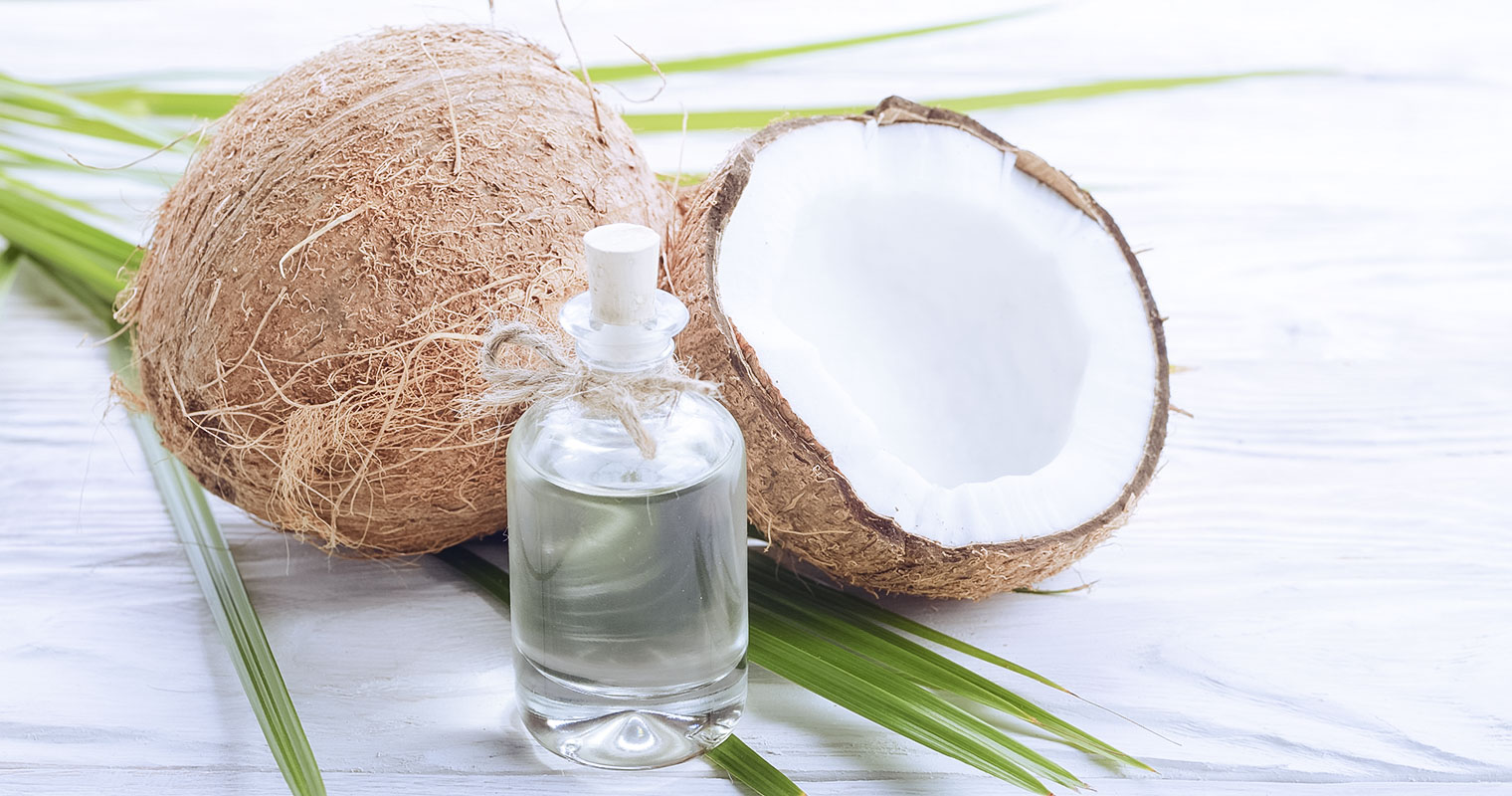
How to use coconut oil?
Apply coconut oil into your hair and scalp and massage it for a few minutes. If you have oily hair you can leave it for a couple of hours or overnight before washing your hair. You can also massage it in your hair after washing it if you have dry hair.
Coconut oil can also help in protecting your skin from harmful UV rays. Replace your regular sunscreen with coconut oil – and see your skin glow!
Onion juice
Juice of onion has been found to treat patches of alopecia areata successfully by promoting the growth of hair.
How to use onion juice?
Take a few onions, blend them in a blender and squeeze out their juice. Apply this juice to your hair and scalp, and leave it for a minimum of 15 minutes. Then wash with a shampoo.
Besides juicing onions, did you know that adding onions to your juices provides your body with added benefits? These range from anti-cancer properties and reduced cholesterol levels!
Rosemary oil
Rosemary oil is an essential oil that you can use to decrease hair loss and promote the growth of hair as it stimulates the growth of new hair.
How to use rosemary oil?
Mix a couple of drops of rosemary essential oil with a carrier oil such as coconut oil. Massage this mixture into your scalp and hair and rinse with water. You can repeat this a few times per week. You can also add a couple of drops of rosemary essential oil to your normal shampoo or conditioner.
In other news, rosemary oil has been proven to boost your brain’s right hemisphere – where your memories are stored! A quick recipe that you can try is rubbing the upper neck for an hour a day using 3 drops of rosemary oil and a ½ teaspoon of coconut oil.
Geranium oil
You can also use geranium oil to boost blood circulation on the scalp and promote the growth of hair. It helps to hydrate, strengthen and restore hair.
How to use geranium oil?
Mix a couple of drops of this oil with a carrier oil such as coconut oil. Use this mixture as a hair mask. You may also add a couple of drops of geranium oil to your normal shampoo or conditioner.
Did you know that geranium oil also has stress-relieving properties? Learn how to make bath bombs using geranium oil here!
Lifestyle changes to manage stress
In maintaining your diet, skincare routine and health, the bottom-line is to learn how to manage your stress. There are many tips out there that claim to help in stress management, but we have gathered the best below:
- Keep an assertive attitude instead of getting aggressive. Assert your opinions, beliefs or feelings instead of getting defensive, passive or angry.
- Practice various relaxation techniques to manage stress. These include meditation, Tai chi, breathing exercises, and yoga.
- Accept the fact that there are events, which are not under your control.
- Maintain a positive attitude towards life.
- Do regular exercise. Your body is able to fight stress in a better way when it is healthy and fit.
- Eat a well-balanced and healthy diet.
- Learn effective time management strategies.
- Set appropriate limits. Also, learn to say no to things that you think may create too much stress in your personal or professional life.
- Keep some time free for hobbies, relaxation, and interests.
- Get enough sleep and rest. Your body requires it while recovering from stressful life events.
- Don’t depend on drugs, tobacco or alcohol to decrease stress.
- Seek social support. Spend time with friends, relatives or those people with whom you enjoy.
- Seek counseling or treatment with a mental health professional who is trained in biofeedback or stress management techniques to know about stress management strategies.
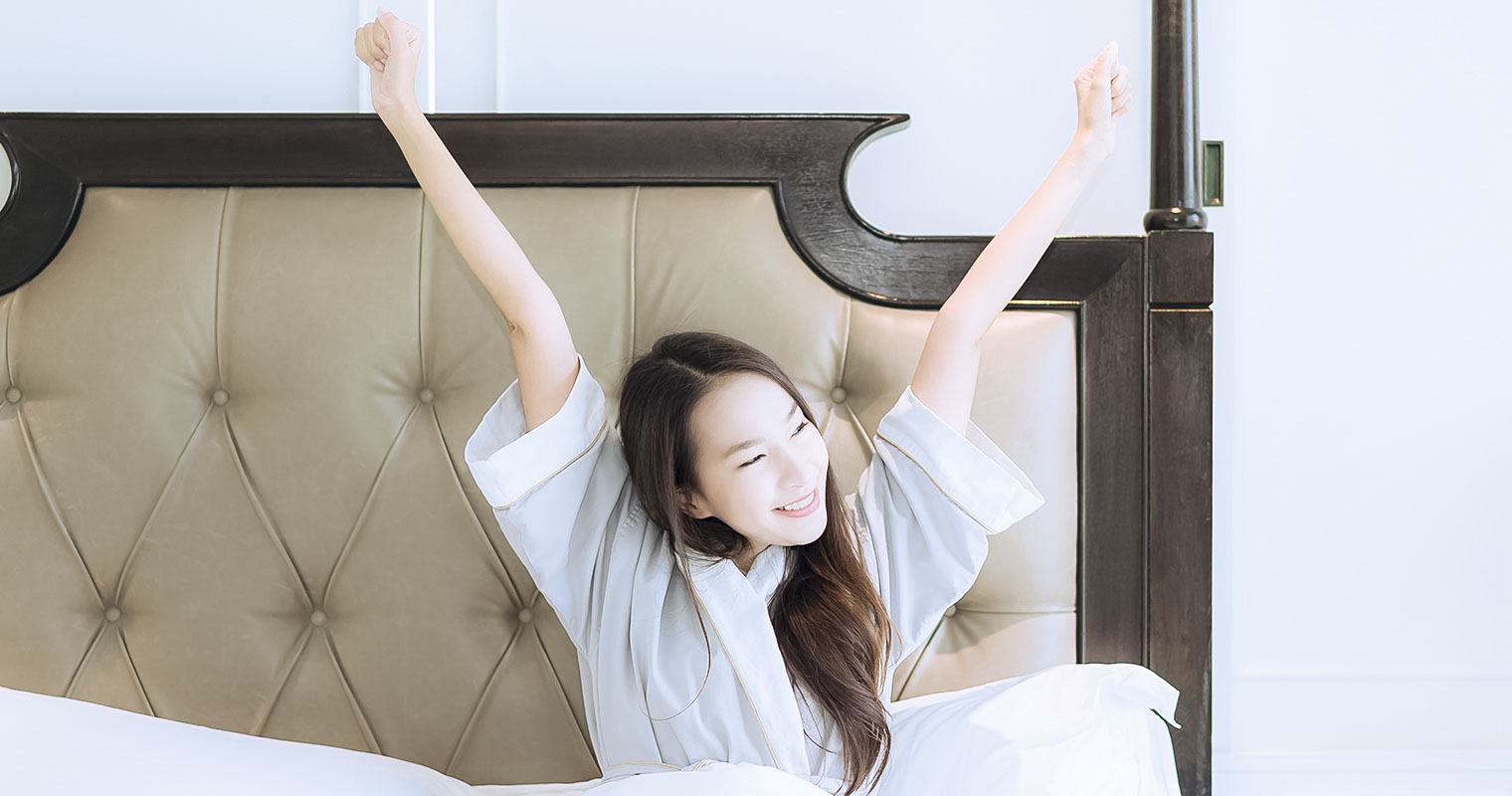
References
https://www.bustle.com/articles/54330-these-ylang-ylang-essential-oil-uses-are-the-answer-to-your-combination-skin-woes-so-dont
https://www.gurunanda.com/blogs/essential-oils/common-uses-and-benefits-of-orange-essential-oil
https://www.herbaldynamicsbeauty.com/blogs/herbal-dynamics-beauty/sweet-orange-essential-oil-clear-skin-clear-mind
https://www.castlebaths.com/sunflower-oil.html
https://glowsly.com/best-oils-for-acne-prone-skin/
https://www.adult-acne.net/how-to-use-borage-seed-oil-for-acne/
https://www.stylecraze.com/articles/can-rosehip-oil-treat-acne/#gref
https://www.rewardme.in/beauty/skin-body/article/see-your-skin-benefit-from-almond-oil
https://www.earthroma.com/pages/clary-sage-essential-oil-how-to-get-relief-from-acne-anxiety-asthma-pms-and-more
https://www.healthline.com/health/beauty-skin-care/regrow-hair-naturally
https://www.webmd.com/balance/stress-management/stress-management
https://www.healthline.com/health/grapeseed-oil-for-skin#uses
https://www.medicalnewstoday.com/articles/321543.php
https://beautisecrets.com/almond-oil-for-dry-skin
https://www.cosmopolitan.com/health-fitness/advice/a34370/terrible-side-effects-of-skimping-on-sleep-in-your-20s/
https://www.huffingtonpost.in/entry/health-effects-of-stress-women_n_2585625








